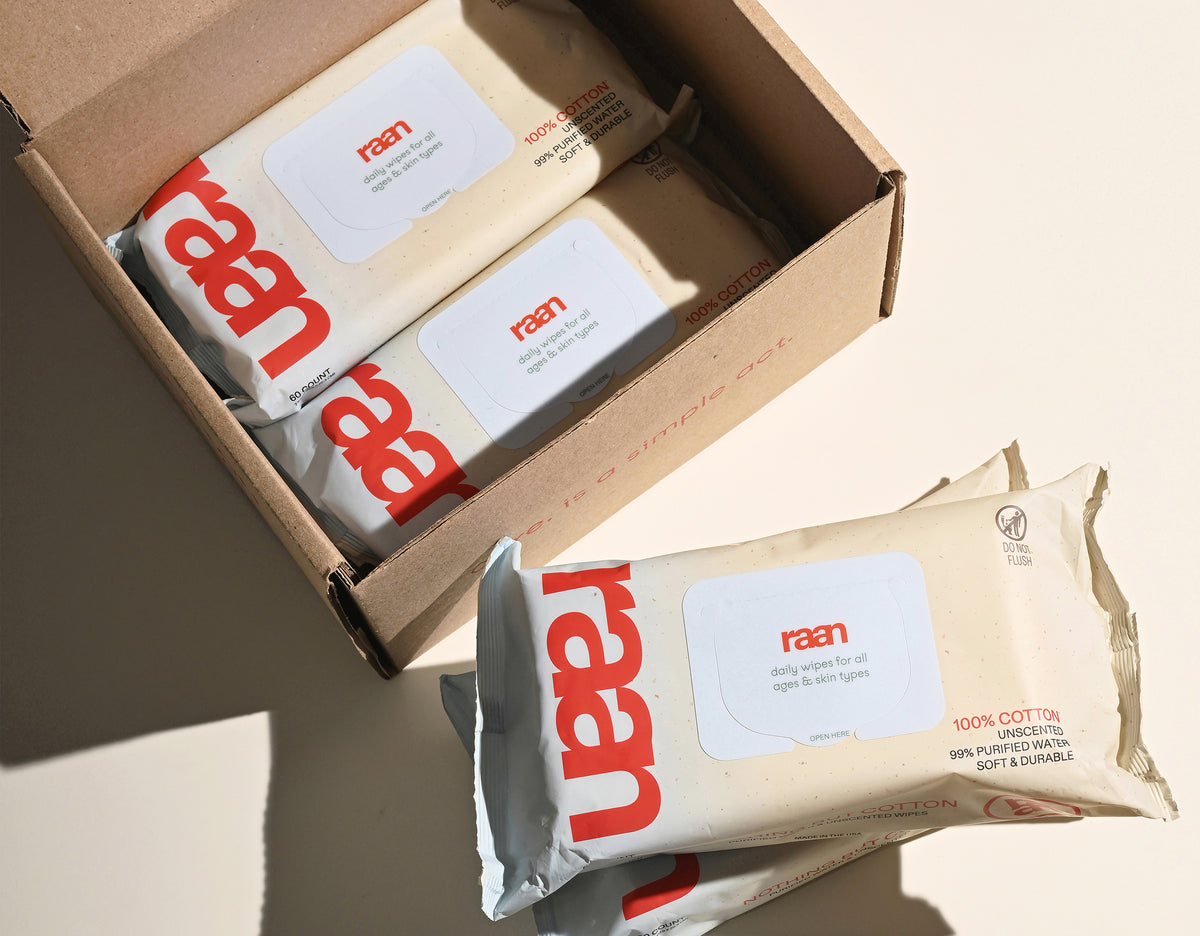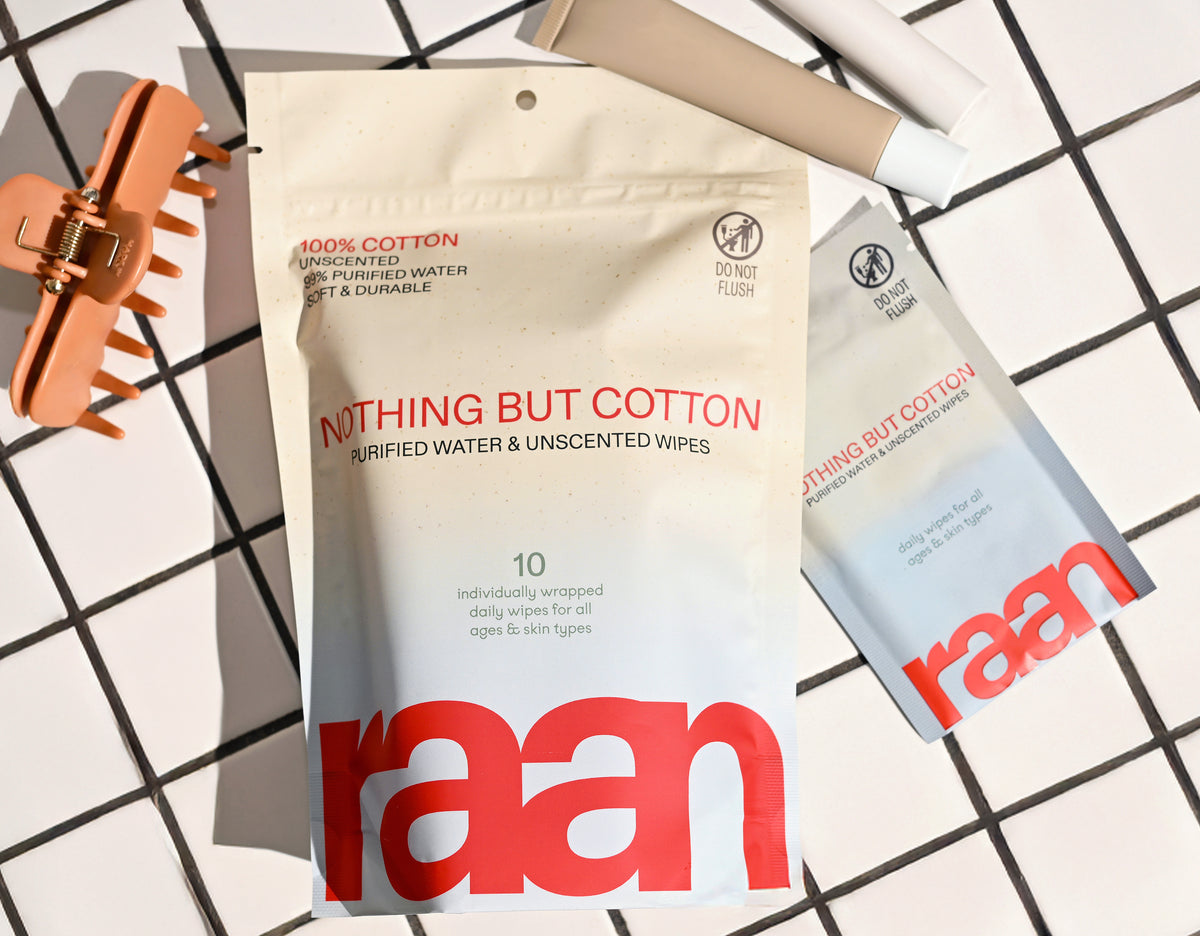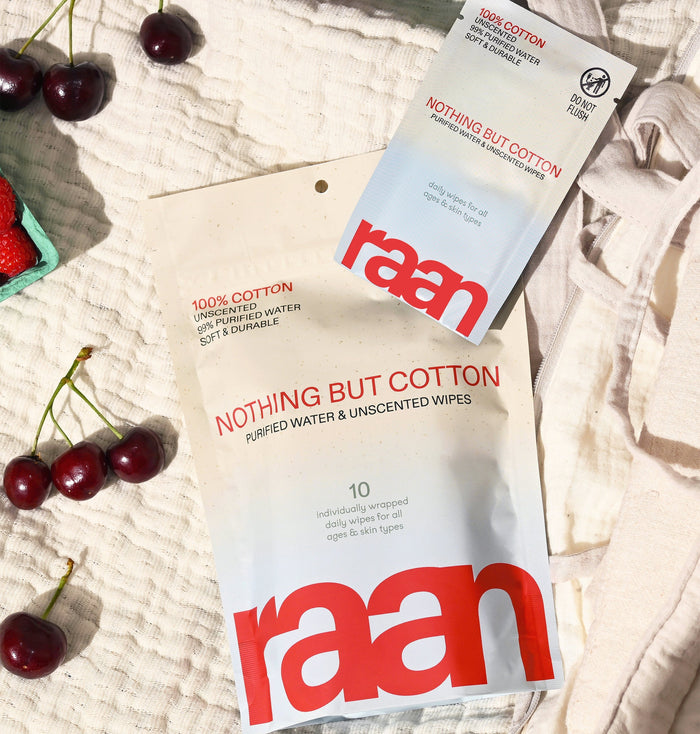When shopping for skincare products, you've probably seen labels claiming "dermatologist tested" or "dermatologist approved." These phrases sound reassuring, especially if you're dealing with sensitive skin or choosing products for your family. But what do they actually mean-and more importantly, do they guarantee the safety you're looking for?
Key Takeaways
- "Dermatologist tested" and "dermatologist approved" are common labels found on skincare products.
- These phrases are intended to provide reassurance to consumers, especially those with sensitive skin.
- The actual meaning and standards behind these claims can vary and may not guarantee product safety.
- Consumers should understand what these labels truly signify before trusting them fully.
Table of Contents
- What "Dermatologist Tested" Actually Means
- The Difference Between "Approved" and "Tested"
- How to Interpret "Dermatologist Tested" Claims
- Clinically Tested vs. Hypoallergenic: Understanding the Spectrum
- How to Conduct Your Own Safety Test
- Best Practices for Sensitive or Allergy-Prone Skin
- When Dermatologist-Tested Products Still Cause Problems
- Building Your Personal Safety Standards
The truth is, these labels aren't as straightforward as they appear. While they suggest medical oversight, the reality involves varying levels of testing, loose regulations, and marketing strategies that can mislead even the most careful consumers.
Quick Answer
"Dermatologist tested" means a dermatologist was involved in testing the product, but it doesn't guarantee safety or effectiveness. The testing can range from basic patch tests to more comprehensive studies, and products can still carry this label even if some people experienced reactions during testing. "Dermatologist approved" suggests endorsement, but it's often based on individual opinions or paid partnerships rather than rigorous clinical standards.
Understanding these distinctions matters because your skin's safety depends on looking beyond marketing claims to find products with genuine transparency and appropriate testing for your specific needs.
What "Dermatologist Tested" Actually Means
When you see "dermatologist tested" on a product label, it indicates that a dermatologist participated in some form of testing process. However, the scope and rigor of that testing can vary dramatically between brands and products.
Most commonly, dermatologist tested involves patch testing-applying the product to small areas of skin for 24 to 48 hours to observe potential reactions. Some brands conduct more comprehensive Repeat Insult Patch Tests (RIPT), which involve multiple applications over several weeks to assess cumulative irritation and sensitization potential.
What This Testing Can Reveal
- Immediate skin reactions like redness or irritation
- Contact sensitivity in test subjects
- Basic compatibility with different skin types
- Potential for allergic responses to specific ingredients
What It Doesn't Guarantee
- Safety for all users or skin conditions
- Long-term effects or skin benefits
- Standardized testing protocols across brands
- That the product "passed" all tests without reactions
Here's where it gets tricky: there's no universal standard for what qualifies as "dermatologist tested." One brand might conduct extensive studies on hundreds of participants, while another might have a single dermatologist observe a few patch tests. Both can legally use the same label.
Even more surprising? A product can still be labeled "dermatologist tested" if some participants experienced mild reactions during testing. The label simply indicates that testing occurred-not that the product is universally safe or effective.
The Difference Between "Approved" and "Tested"

"Dermatologist approved" or "dermatologist recommended" suggests a higher level of endorsement than simply being tested. This language implies that a dermatologist actively recommends the product for consumer use, rather than just observing its effects during testing.
However, these recommendations can stem from various sources. Some represent genuine clinical experience where dermatologists recommend products to their patients based on observed results. Others might reflect paid partnerships, sponsored content, or marketing arrangements where dermatologists lend their credibility to promote specific brands.
Key insight: Neither "dermatologist tested" nor "dermatologist approved" is regulated by the FDA or other governing bodies, meaning brands have significant flexibility in how they apply these terms.
For products targeting sensitive skin conditions or specific concerns like diaper rash, some dermatologists do provide legitimate recommendations through established medical databases. Programs like the American Contact Dermatitis Society's CAMP (Contact Allergen Management Program) offer science-based product matching for people with known allergies.
When evaluating these claims, consider the source and context. A dermatologist who regularly treats patients with sensitive skin conditions and recommends specific products based on clinical outcomes carries more weight than a general endorsement in an advertisement.
How to Interpret "Dermatologist Tested" Claims
Not all dermatologist tested claims are created equal. The key is learning to look beyond the label to understand what testing actually occurred and whether it's relevant to your skin's needs.
Start by examining the product's ingredient list. Even products that have undergone dermatological testing can contain known irritants or allergens. Common culprits include synthetic fragrances, sulfates, parabens, and certain preservatives that can trigger reactions in sensitive individuals.
Research shows: Up to 40% of consumers experience skin reactions to products labeled as "dermatologist tested," highlighting the importance of personal patch testing regardless of marketing claims.
Look for brands that provide transparency about their testing methods. Companies committed to genuine safety often share details about their testing protocols, the number of participants involved, and the duration of studies. Some even publish their clinical results or make them available upon request.
Third-party certifications carry more weight than brand-conducted testing. Look for seals from organizations like the National Eczema Association, the American Contact Dermatitis Society, or EWG Verified status, which involve independent evaluation of ingredients and safety data.
Key Questions to Ask Brands
- How many people were included in the dermatological testing?
- What specific tests were conducted (patch testing, RIPT, long-term use studies)?
- Were participants selected to represent different skin types and sensitivities?
- What percentage of participants experienced any adverse reactions?
- Are the testing results published or available for review?
- Does the product carry any third-party certifications for safety or ingredient quality?
Clinically Tested vs. Hypoallergenic: Understanding the Spectrum

Beyond "dermatologist tested," you'll encounter related terms that each carry different implications for skin safety and product development.
| Claim Type | What It Means | Level of Assurance | Best For |
|---|---|---|---|
| Dermatologist Tested | Dermatologist observed product during testing | Basic | General skin compatibility check |
| Clinically Tested | Tested in controlled clinical environment | Moderate | Products claiming specific benefits |
| Hypoallergenic | Formulated to minimize allergic reactions | Variable | Allergy-prone or sensitive skin |
| Ophthalmologist Tested | Eye doctor evaluated for eye area safety | Moderate | Products used near eyes |
Clinically tested suggests more rigorous evaluation than basic dermatologist testing, often involving controlled studies that measure specific outcomes. However, like "dermatologist tested," this term isn't regulated, so the actual rigor can vary significantly.
Hypoallergenic indicates that a product is formulated to reduce the likelihood of allergic reactions, typically by avoiding common allergens. But there's no standard definition of what makes a product hypoallergenic, and individual reactions can still occur.
For the most reliable safety assurance, especially if you have sensitive skin or known allergies, look for products that combine multiple indicators: dermatologist testing, clinical studies, hypoallergenic formulation, and third-party certifications.
How to Conduct Your Own Safety Test
Regardless of any "dermatologist tested" claims, conducting your own patch test remains the most reliable way to determine if a product is safe for your skin.
Personal patch testing is especially important for facial wipes, body wipes, and any products that will contact sensitive areas, as individual skin chemistry varies significantly.
Apply a small amount of the product to the inside of your wrist or behind your ear-areas where skin is sensitive but reactions won't be highly visible. Leave the product on for 24 to 48 hours, avoiding washing that area during the test period.
Watch for signs of irritation including redness, itching, burning, swelling, or unusual warmth. If you experience any of these symptoms, remove the product immediately and avoid using it on larger areas of your body.
For products you'll use regularly, like daily facial wipes or body cleansers, consider extending your patch test to a week of small-area application to catch any delayed reactions or cumulative irritation that might develop with repeated use.
"Even products with extensive dermatological testing can cause individual reactions. Your skin is the final authority on what works safely for you." - Dermatological testing protocols recommend personal patch testing as the gold standard for individual safety assessment.
Best Practices for Sensitive or Allergy-Prone Skin

When you have sensitive skin or known allergies, "dermatologist tested" claims require extra scrutiny. Your skin needs products that go beyond basic compatibility testing to address specific sensitivities and inflammatory triggers.
Key insight: People with sensitive skin experience reactions to 60% more products than those with normal skin types, making ingredient transparency more critical than testing claims.
Start by identifying your specific triggers. Common culprits include synthetic fragrances, sulfates, formaldehyde-releasing preservatives, and certain botanical extracts. Even products that pass dermatological testing can contain these ingredients if they weren't specifically tested on individuals with your particular sensitivities.
Look for products with medical database recognition. The American Contact Dermatitis Society's CAMP (Contact Allergen Management Program) and Mayo Clinic's SkinSafe database provide more reliable guidance than marketing claims, as they match products against known allergen profiles.
For parents: Children's skin is 30% thinner than adult skin, making standard dermatologist testing less relevant. Look for products specifically tested on pediatric populations or formulated for newborn skin sensitivity.
Consider the testing population when evaluating claims. Many dermatological tests use healthy adult volunteers, which may not reflect how products perform on compromised skin barriers, eczema-prone areas, or during skin flare-ups.
Ingredients to Approach with Caution
- Synthetic fragrances: Even in "dermatologist tested" products, can trigger contact dermatitis
- Essential oils: Natural doesn't mean non-irritating; citrus oils are particularly problematic
- Preservatives like methylisothiazolinone: Effective antimicrobials that commonly cause delayed reactions
- Alpha hydroxy acids: May pass short-term testing but cause cumulative irritation
- Botanical extracts: Variable purity and processing can introduce unexpected allergens
For sensitive skin, prioritize products with minimal ingredient lists and food-grade components. Raan's approach of using just five EWG-verified ingredients-purified water, food-grade preservatives, skin-conditioning ethylhexylglycerin, organic aloe, and pH-balancing citric acid-exemplifies this philosophy of safety through simplicity.
When Dermatologist-Tested Products Still Cause Problems
Experiencing a reaction to a "dermatologist tested" product can feel frustrating and confusing. Understanding how to respond protects your skin and helps you make better choices going forward.
Immediate response matters: Remove the product immediately, rinse the affected area with cool water, and avoid applying anything else until irritation subsides.
Document your reaction with photos and notes about timing, symptoms, and severity. This information becomes valuable for identifying patterns and communicating with healthcare providers or dermatologists about your skin's specific needs.
Report adverse reactions to the manufacturer and consider filing a report with the FDA's MedWatch program. While cosmetic adverse event reporting isn't mandatory, your experience contributes to broader safety monitoring and may prompt companies to revise their testing protocols.
"A reaction to a dermatologist-tested product doesn't mean the testing was flawed-it means your skin has specific needs that weren't represented in that particular study population." - Understanding this distinction helps you focus on finding products tested on skin types similar to yours.
Use reactions as learning opportunities. Analyze the ingredient list to identify potential triggers, then cross-reference with other products that have caused similar responses. This detective work helps you build a personal "avoid" list that's more valuable than any marketing claim.
Building Your Personal Safety Standards
Rather than relying solely on "dermatologist tested" labels, develop your own evaluation framework that considers multiple safety indicators and matches your skin's unique needs.
Reliable Safety Indicators
- Third-party certifications (EWG Verified, National Eczema Association)
- Published clinical studies with diverse participant groups
- Transparent ingredient sourcing and processing information
- Patch testing protocols that match your skin type
Less Reliable Indicators
- Vague "dermatologist tested" claims without details
- Testing on small, homogeneous groups
- Marketing language like "gentle" or "mild" without substantiation
- Celebrity or influencer endorsements
Create your own testing protocol for new products. Start with patch testing, then gradual introduction on small areas before full use. This systematic approach provides better safety assurance than relying on manufacturer testing alone.
Consider the product's intended use and your exposure level. Daily-use items like facial wipes or body cleansers deserve more scrutiny than occasional-use products, as cumulative exposure increases reaction risk even with products that pass initial compatibility testing.
Remember that "dermatologist tested" represents just one data point in your safety evaluation. Combine it with ingredient analysis, third-party certifications, your own patch testing, and consideration of your skin's specific needs to make truly informed choices.
The truth about "dermatologist tested" claims is that they indicate basic safety screening but don't guarantee universal compatibility or safety for all skin types. Your best protection comes from understanding what testing actually occurred, conducting your own patch tests, and choosing products with transparent ingredients and third-party certifications that match your skin's specific needs.
For those seeking products with the simplest, most transparent ingredients, Nothing But Cotton Wipes, Unscented offer dermatologist tested safety and are ideal for sensitive or allergy-prone skin.
If you prefer added convenience for travel or on-the-go use, Nothing But Cotton Wipes, Unscented, Individually Wrapped provide the same gentle formula in single-use packaging.
To learn more about how to choose the best wipes for your skin type and needs, check out our guide on best wipes for sensitive skin.
For a deeper dive into the differences between dermatologist tested and dermatologist approved claims, you can read this helpful resource from Novology: difference between dermatologist tested and dermatologist approved.
For additional scientific insight, Citruslabs explains what does dermatologically tested really mean and how to interpret these claims as a consumer.
Frequently Asked Questions
What does “dermatologist tested” mean on wipes packaging?
“Dermatologist tested” means that a qualified skin expert has reviewed or evaluated the wipes for their potential to cause irritation or adverse reactions. It does not specify the extent or results of testing, only that some form of assessment by a dermatologist has taken place.
Does dermatologist tested guarantee the wipes are hypoallergenic?
No, dermatologist tested does not guarantee that wipes are hypoallergenic. Hypoallergenic means the product is formulated to minimize the risk of allergic reactions, which requires specific ingredient choices and testing beyond a general dermatologist review.
How are dermatologist tests for wipes conducted?
Dermatologist tests usually involve patch testing on volunteer skin under controlled conditions to observe any irritation or sensitivity caused by the wipes. The scope and rigor vary, but the goal is to identify any immediate skin reactions before recommending the product for sensitive use.
Do dermatologist-tested wipes help prevent diaper rash?
Dermatologist-tested wipes are evaluated for skin safety but are not designed specifically to prevent diaper rash. Preventing diaper rash depends on multiple factors including moisture control, airflow, and the absence of irritants-testing alone doesn’t guarantee prevention.
Can dermatologist-tested wipes still contain fragrances?
Yes, dermatologist-tested wipes can contain fragrances. Testing may confirm the product is unlikely to cause irritation for most people, but fragrances are a common cause of sensitivity and are not excluded by the dermatologist tested label.






